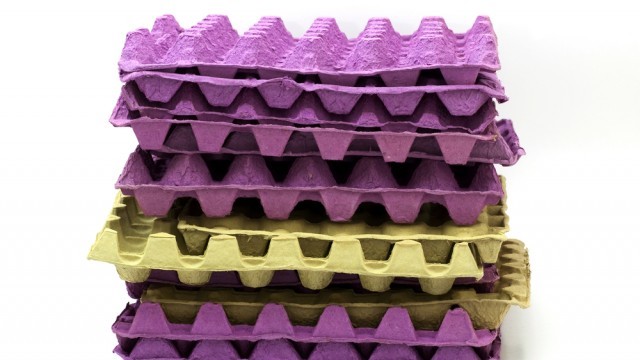How do ETFs fit into your portfolio
Post on: 30 Март, 2015 No Comment

Posted on September 4, 2014 in ETFs
If you are a responsible and serious investor, you probably already have a reasonable portfolio of investments. For example, you may have a provident fund through your employer, a savings account at the bank, and some unit trusts or a rental property.
Or, of course, you may be a new investor, just getting started. You may have no investments at all, or nothing beyond your company retirement fund. Whatever your particular situation, ETFs can be a great inclusion in your personal portfolio. This week, I’m going to outline three ways that ETFs can be used to build a great, diversified portfolio.
If you currently have no investments at all, you can use easily create a balanced, diversified portfolio using only ETFs. Now, what makes a balanced portfolio depends a lot on your personal investment strategy and goals, and where you are in your investing life. If you are young and starting out, then you typically want to include more equity and less property and bonds, because you want the extra returns that equity provides, not the capital protection that you get from bonds. The reverse may be true for a much older person – you should talk to a financial adviser about what would be best for you.
A very basic portfolio for a young person may be, say 50% domestic equity, 20% global equity, 20% bonds, and 10% property. This can easily be achieved using ETFs. All you need to do is choose a diversified JSE-listed ETF (the Satrix 40 or the Satrix RAFI are good options) a diversified global equities ETF (the Vanguard Total World Stock ETF is an interesting option; you can invest in global ETFs through a platform like Standard Bank’s WebTrader ), a bond ETF (the RMB Inflation-X ETF is a nice option, as is the Absa ILBI ETF ), and a property ETF (Grindrod offers one ).
You could set up debit orders to invest your money proportionally in these types of funds (remember to rebalance once a year), and have a very low-cost and diversified portfolio. It’s worth noting that you’ll need a large lump sum to buy something like the Vanguard ETF through Standard Bank; you may be better served buying one of the JSE-listed global ETFs from Deutsche Bank – the World Index ETF is a good option.
Plugging gaps with ETFs
Let’s say you have a provident fund through your company, and a rental property. You could still benefit from adding some ETFs to the mix! ETFs are a great way to plug any holes in your portfolio. Let’s say you do a little research, and find out that your company provident fund is 50% domestic equities, and 50% bonds and cash (this is just an example).

For you, that may not be an ideal mix. You may want to include more equities in your portfolio in general, and more global equities in particular. You could easily do this by adding a global ETF like the Deutsche Bank FTSE 100 ETF. or one of the many ETFs available through the Standard Bank WebTrader platform.
Or let’s say that you’re generally happy with your portfolio, but you have a strong, research-based opinion about a particular sector – say you figure that in the wake of the ABIL saga, financial services stocks in South Africa have been oversold and are a great value opportunity. You can use a sector-specific ETF like Satrix’s FINI ETF to play your angle and invest in a sector you think will outperform.
A final idea for ways to use ETFs in your investment portfolio is to use them as an investment option when you have a lump sum on your hands. Say, for example, you quit your job and didn’t transfer your provident fund into a preservation fund or your new company’s retirement fund. Instead of spending all that lovely cash on fripperies, you could park the whole caboodle in a JSE Top 40 ETF, or a dividend-focused option like the Satrix DIVI. The costs associated with these products are very low, especially when you just drop a lump sum in (and thus don’t have to pay the costs associated with buying shares monthly), and if you reinvest the dividends, you can watch that lump sum grow beautifully over time.
As you can see, ETFs can complement your portfolio in a range of ways. They are a cheap, simple, flexible tool that almost anyone can beneficially incorporate into their portfolio. Take the plunge.














